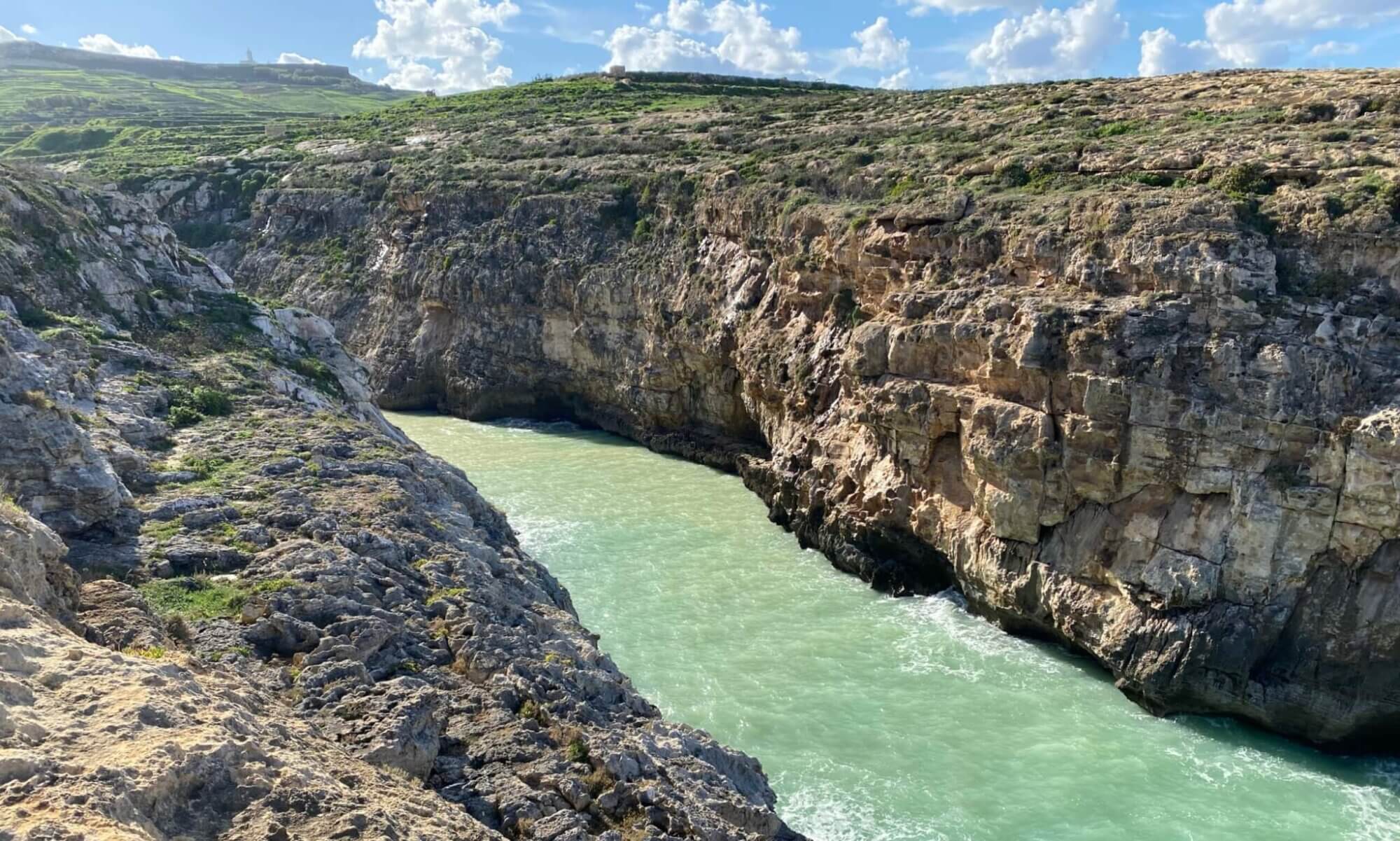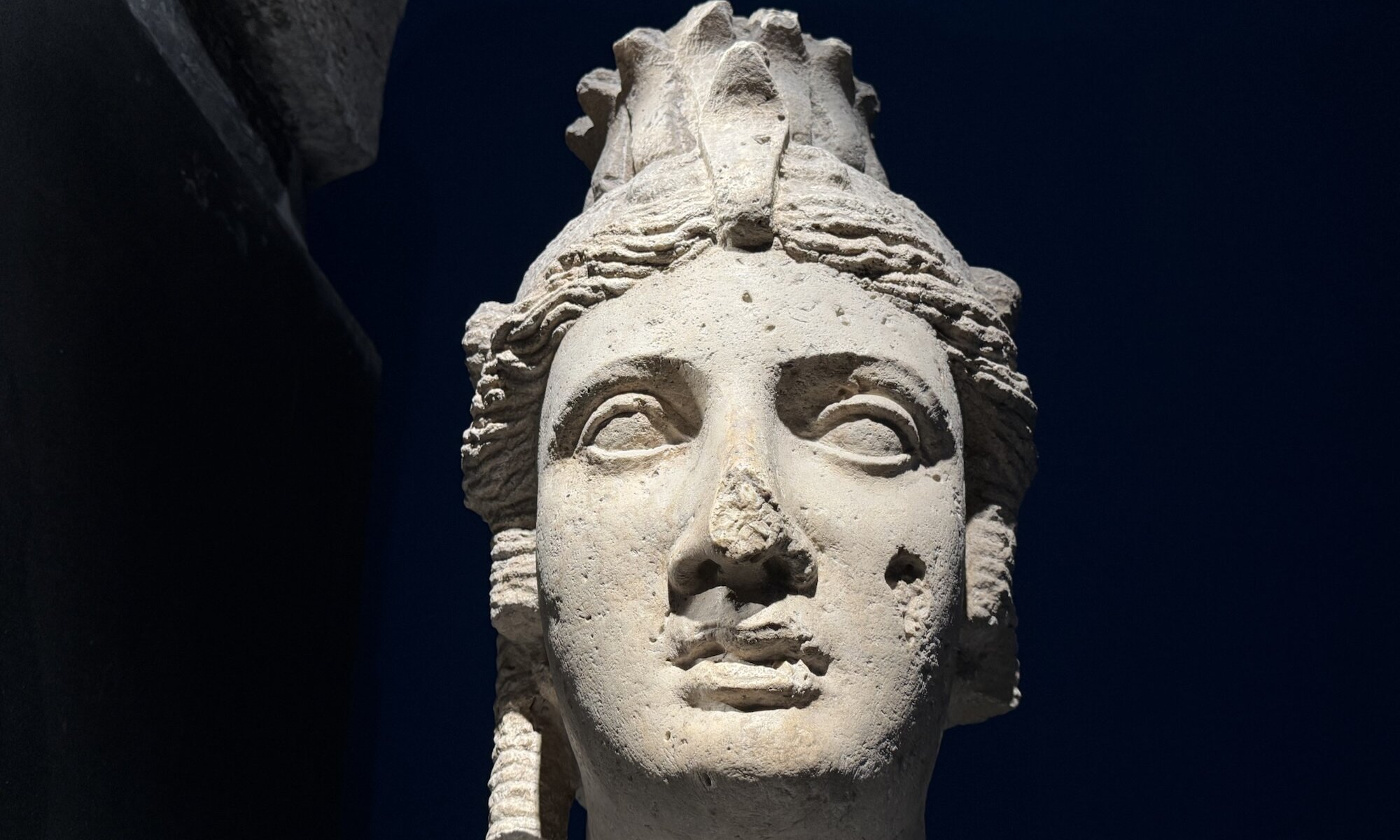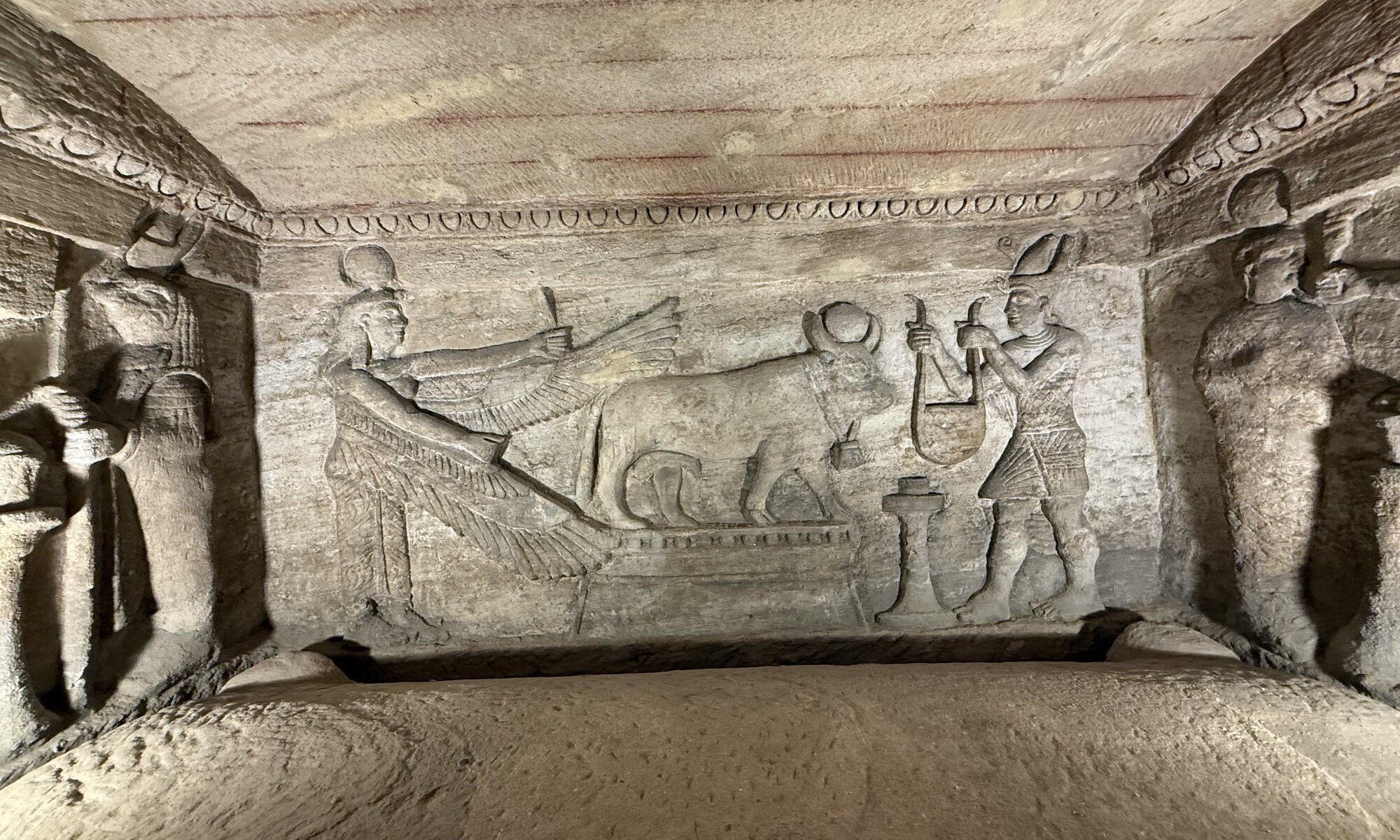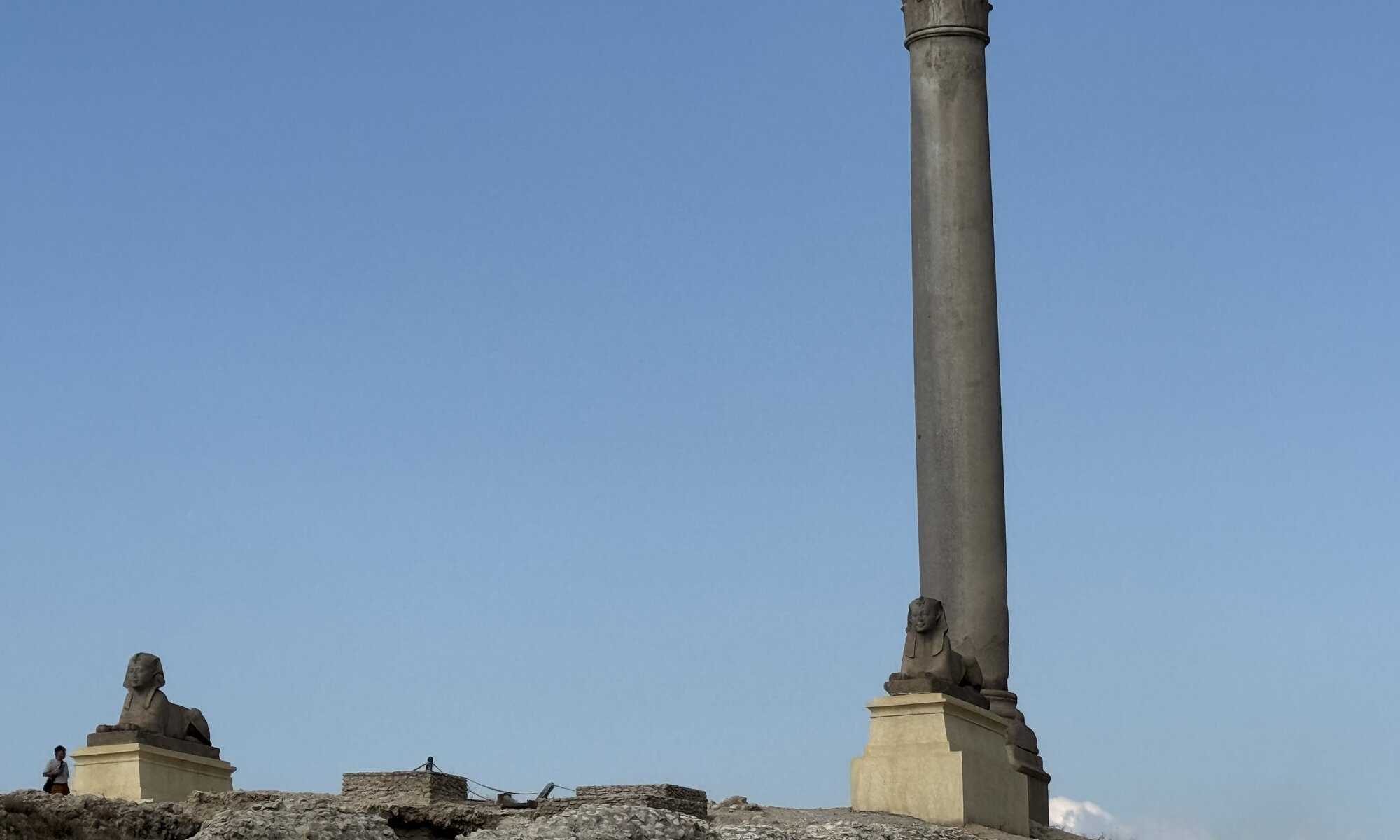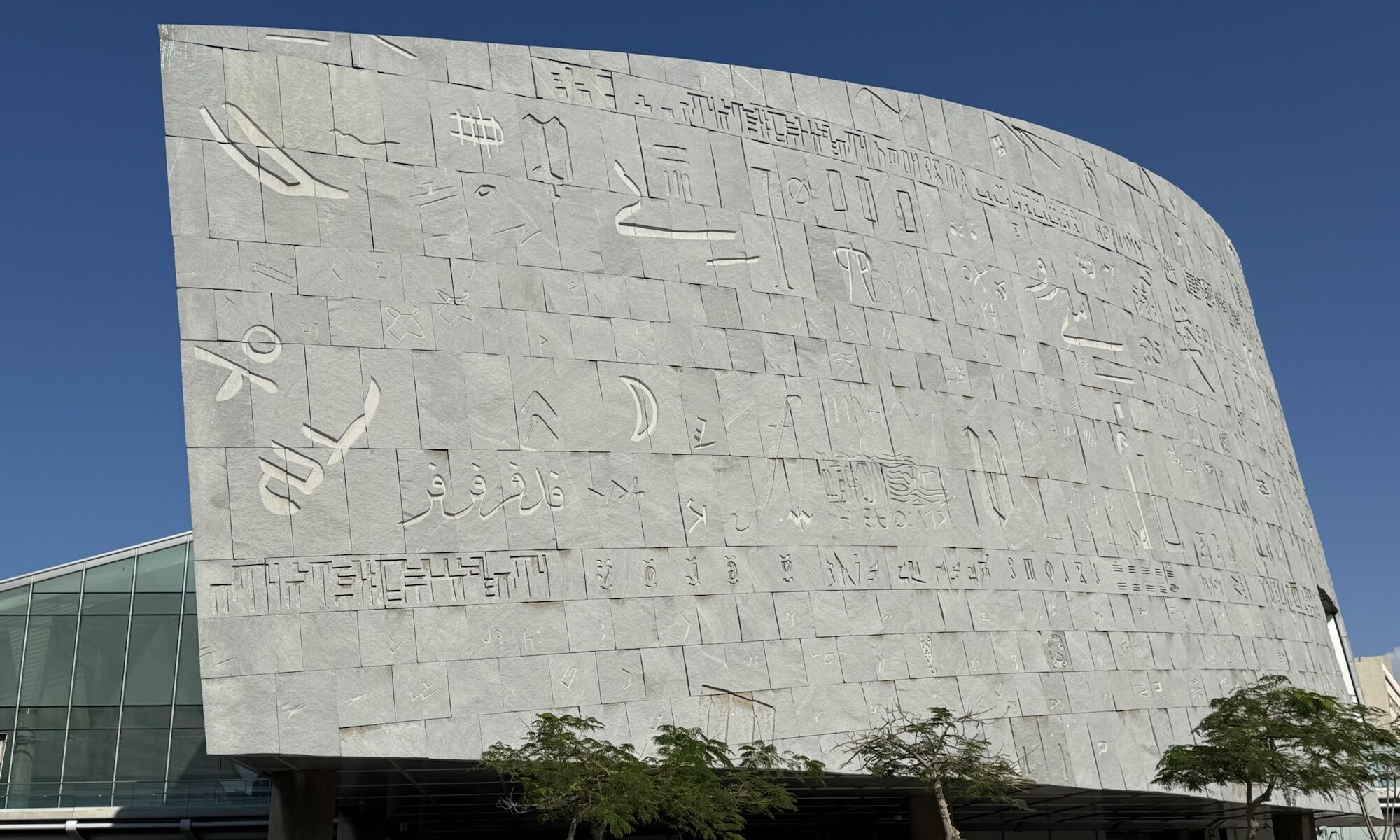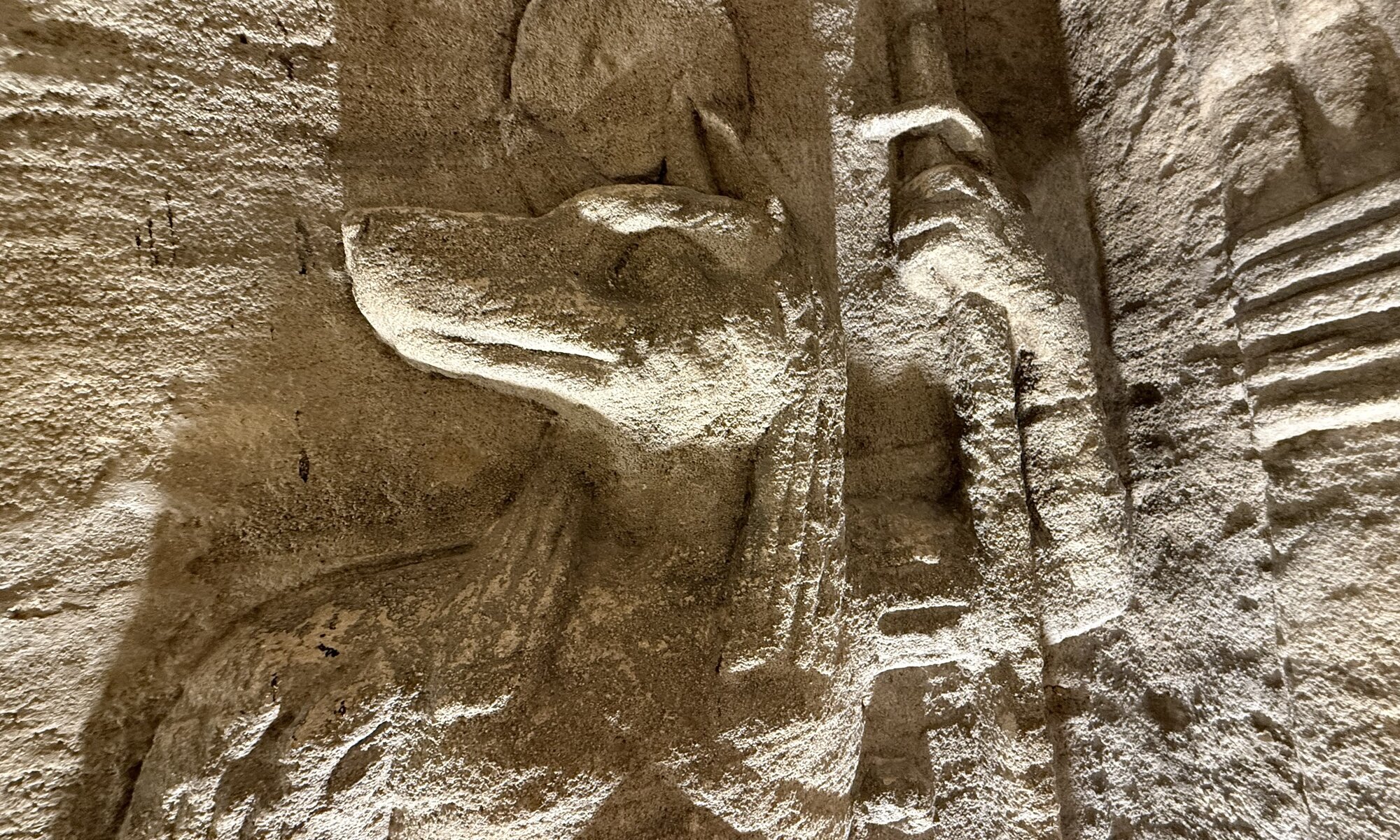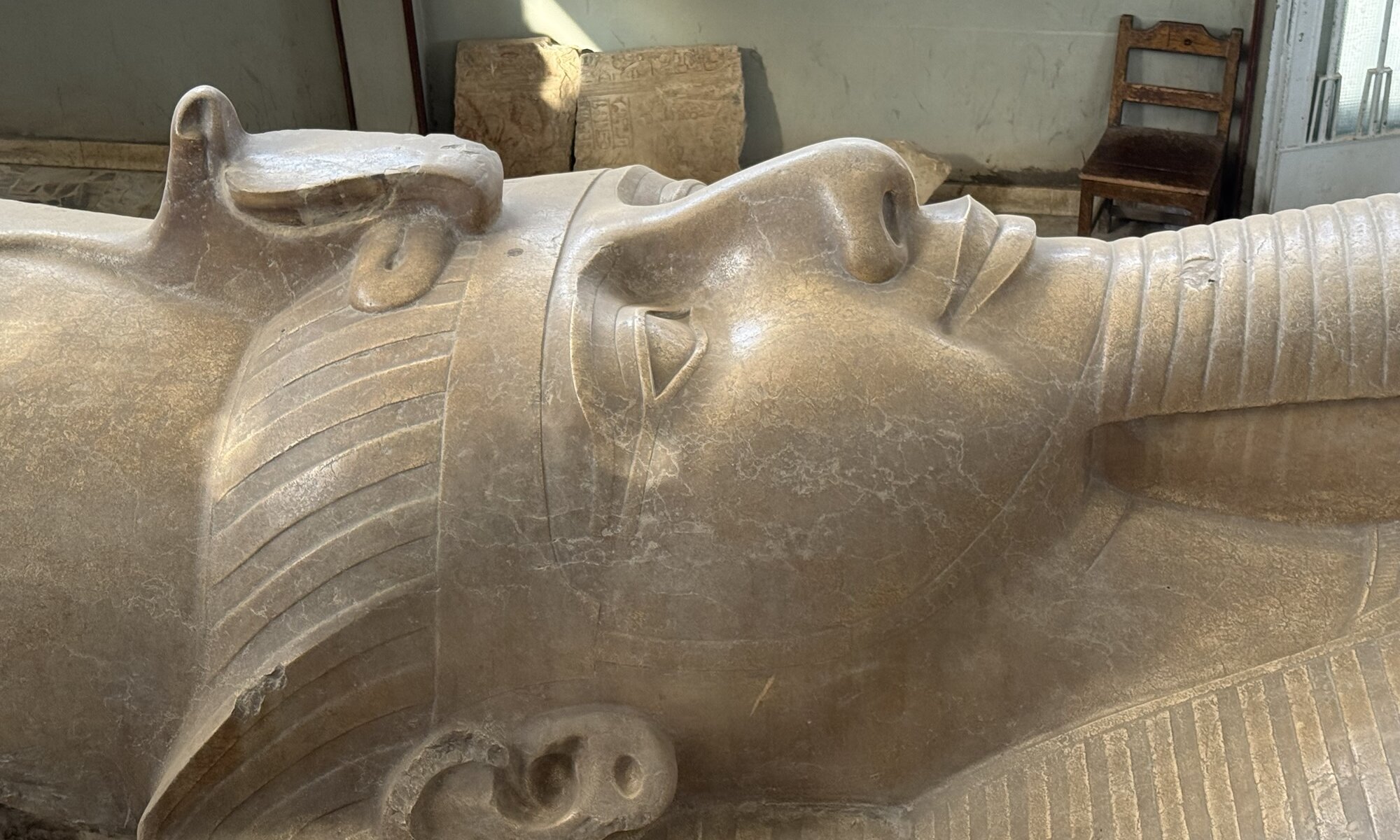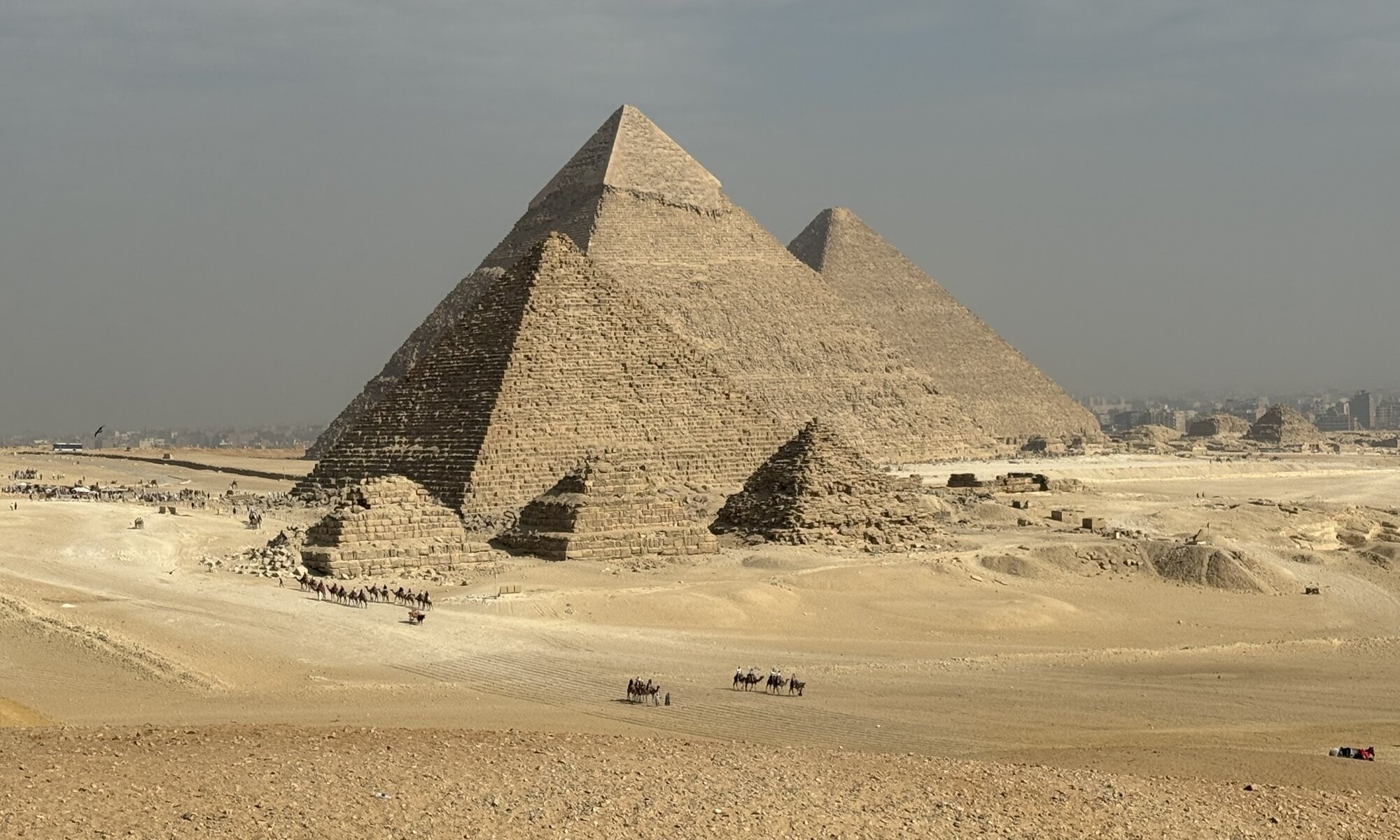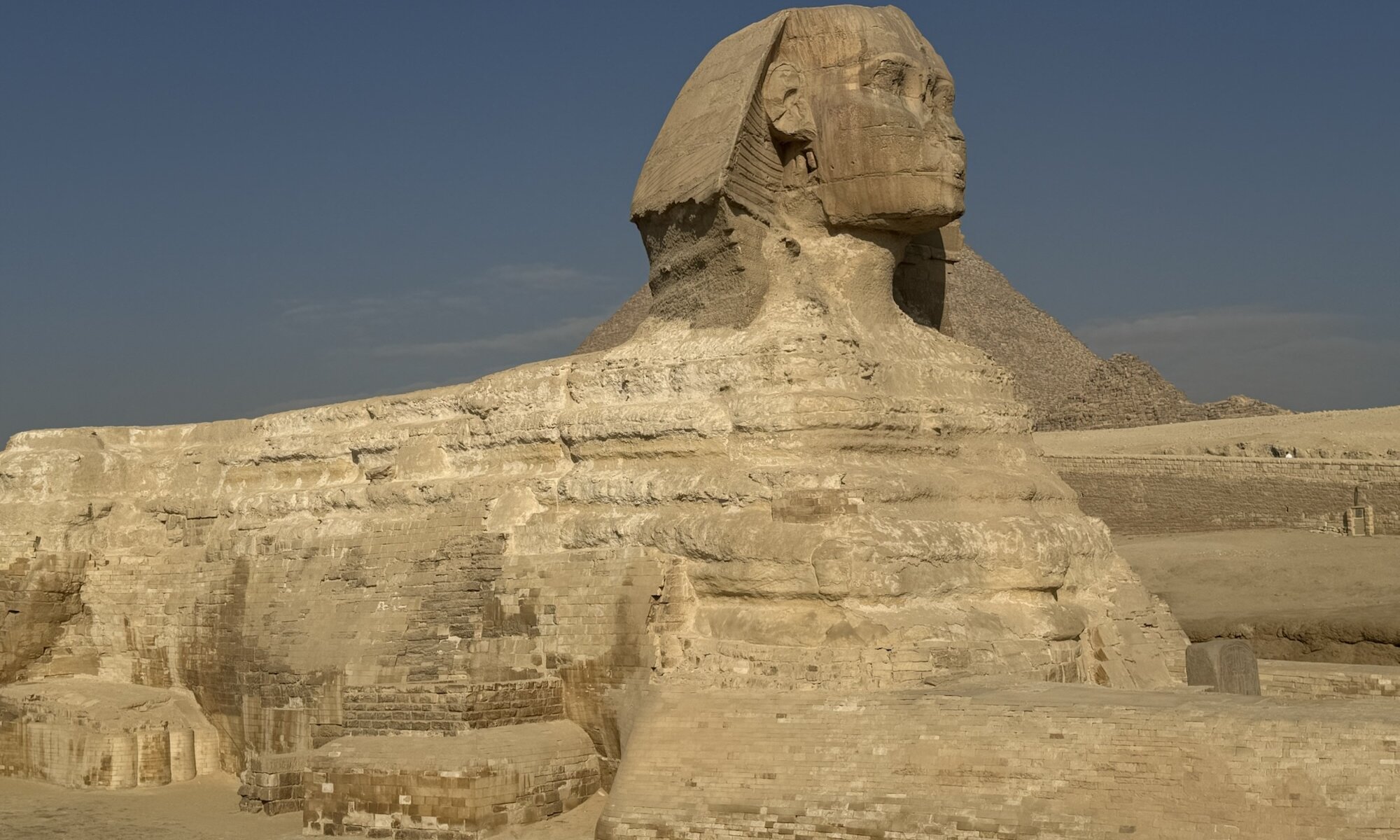Cleopatra VII Philopator remains one of the most compelling figures in ancient history, a woman whose life was marked by political genius, personal charm, and immense cultural influence. Born into the Ptolemaic dynasty, she inherited a kingdom divided by internal strife and weakened by Roman interference. Unlike many of her ancestors, Cleopatra consciously embraced Egyptian traditions, learning the language and associating herself with the goddess Isis to strengthen her legitimacy. Her reign was marked by efforts to stabilise the economy, maintain Egypt’s independence, and balance between the ambitions of Roma’s competing leaders.
Continue reading “Cleopatra”Panem et circenses
The Roman Theatre, often referred to as the Roman Amphitheatre of الإسكندرية, stands as one of the city’s most intriguing archaeological sites, blending echoes of antiquity with the ever-shifting sand of Egyptian time. This semi-circular, marble-seated structure dates to the second century AD, a period when الإسكندرية thrived as an intellectual and cosmopolitan hub within the Roman Empire. While its exact function remains a subject of some academic debate, most agree that it was a venue for public entertainment – likely housing musical performances, poetry recitals, and perhaps even rhetoricians who engaged الإسكندرية’s learned crowds.
Continue reading “Panem et circenses”Kom el Shoqafa
The Catacombs of Kom el Shoqafa, located in الإسكندرية, Egypt, are a remarkable ancient burial site dating back to the 2nd century AD during the Roman period. Discovered accidentally in 1900 when a donkey fell into a shaft, this subterranean complex is carved deep into the bedrock and reflects a fascinating fusion of Egyptian, Greek, and Roman art and funerary traditions. The name ‚Kom el Shoqafa’ means ‚Mound of Shards‘, referring to the pottery fragments found at the site, which were offerings brought by mourners. The catacombs were used for burials until the end of the 4th century AD, after which they were abandoned.
Continue reading “Kom el Shoqafa”Pompay’s Pillar
Pompay’s Pillar in الإسكندرية is an impressive ancient monument that stands as one of the city’s most prominent relics from Roman times. Erected in honour of the Roman Emperor Diocletian in the early 4th century AD, it is a testament to the architectural skill and grandeur of the era. The column was commissioned to celebrate Diocletian’s successful quelling of a revolt in the city, marking a moment of restored order and Roman control. It takes its name not from the famous Roman general Pompay, but from a misinterpretation in later centuries, which has nevertheless stuck in popular usage.
Continue reading “Pompay’s Pillar”Bibliotheca Alexandrina
The Bibliotheca Alexandrina is a modern revival of the ancient Library of Alexandria, one of the most famous cultural and intellectual centres of the ancient world. The original library, founded during the reigns of the early Ptolemies around the 3rd century BC, was renowned as a hub for scholars, artists, and scientists. It housed hundreds of thousands of scrolls and texts across various fields, amassing knowledge from different civilisations. Unfortunately, the ancient library was destroyed over several centuries, likely due to fires and invasions, finally vanishing by the late 3rd century AD.
Continue reading “Bibliotheca Alexandrina”Who is who
Travelling through Egypt offers a captivating journey into the lives of its many historic figures, both divine and human. From the earliest mythological beings worshipped along the Nile to the formidable leaders whose ambition shaped empires, each story reveals another layer of the country’s timeless heritage. To truly appreciate the depth of Egyptian culture, one should take time to explore the history behind these personalities, whose legacies continue to influence the nation’s spirit today.
Continue reading “Who is who”Memphis
The ancient city of مَنْف in Egypt holds a remarkable place in history as one of the earliest urban settlements, founded around 3100 BCE. It was established by Menes (or Narmer), who is credited with uniting Upper and Lower Egypt, making مَنْف the first capital of a unified Egyptian kingdom. The city’s original name, often translated as ‚White Walls‘, possibly referred to its royal palace. مَنْف stood as the political and religious heart of Egypt during the Old Kingdom and remained an important centre through several dynasties. Although its status as capital was eventually superseded by Thebes and later الإسكندرية, Memphis still played a significant role in the economic and religious landscape of ancient Egypt for much of its history. It is also the place in which Alexander the Great was crowned as Pharao of Egypt – stepping into the footsteps of Ramses II.
Continue reading “Memphis”Djoser
The Step Pyramid of Djoser, located in the Saqqara necropolis near ancient Memphis, stands as the earliest colossal stone building in Egypt and represents a pivotal moment in architectural history. Constructed during the 27th century BCE, in the Third Dynasty, it was commissioned as the tomb for Pharaoh Djoser. Designed by the renowned architect and ancient polymath Imhotep, this pyramid marks the transition from traditional mastaba tombs to the revolutionary step pyramid design, featuring six distinct tiers that rise about 62 metres high. The structure was originally clad in polished white limestone, intended to stand gleaming under the Egyptian sun, and its base aligned roughly with the four cardinal points.
Continue reading “Djoser”The Pyramids
The Pyramids of Giza, standing on the edge of the western desert near القاهرة, are the enduring symbols of ancient Egypt’s grandeur. Constructed during the Fourth Dynasty around 2600 to 2500 BC, these monumental tombs were built for Pharaohs Khufu, Khafre, and Menkaure, known in Greek as Cheops, Chephren, and Mykerinos. The Great Pyramid of Khufu was the earliest and largest, originally standing at about 146 metres and built from more than two million limestone blocks. Nearby, the smaller pyramids of Khafre and Menkaure followed, forming a remarkable necropolis that reflected not only royal power but also the Egyptians’ refined mastery of architectural engineering and celestial alignment.
Continue reading “The Pyramids”Great Sphinx
The Great Sphinx of Giza, one of Egypt’s defining symbols, is believed to have been built during the reign of Pharaoh Khafre around 2500 BC. Carved directly from the limestone bedrock of the Giza Plateau, it bears the head of a pharaoh and the body of a lion, symbolising royal power and divine protection. Scholars associate the monument with Khafre’s pyramid complex, since the Sphinx faces his pyramid and shares architectural similarities with nearby temples. Some have speculated it could depict an earlier ruler such as Khufu or Djedefre, but no definitive inscriptions have ever confirmed its maker. Its original Egyptian name, Hor-em-Akhet, meant ‚Horus of the Horizon‘, a fitting symbol for its gaze towards the rising sun across the desert sands.
Continue reading “Great Sphinx”